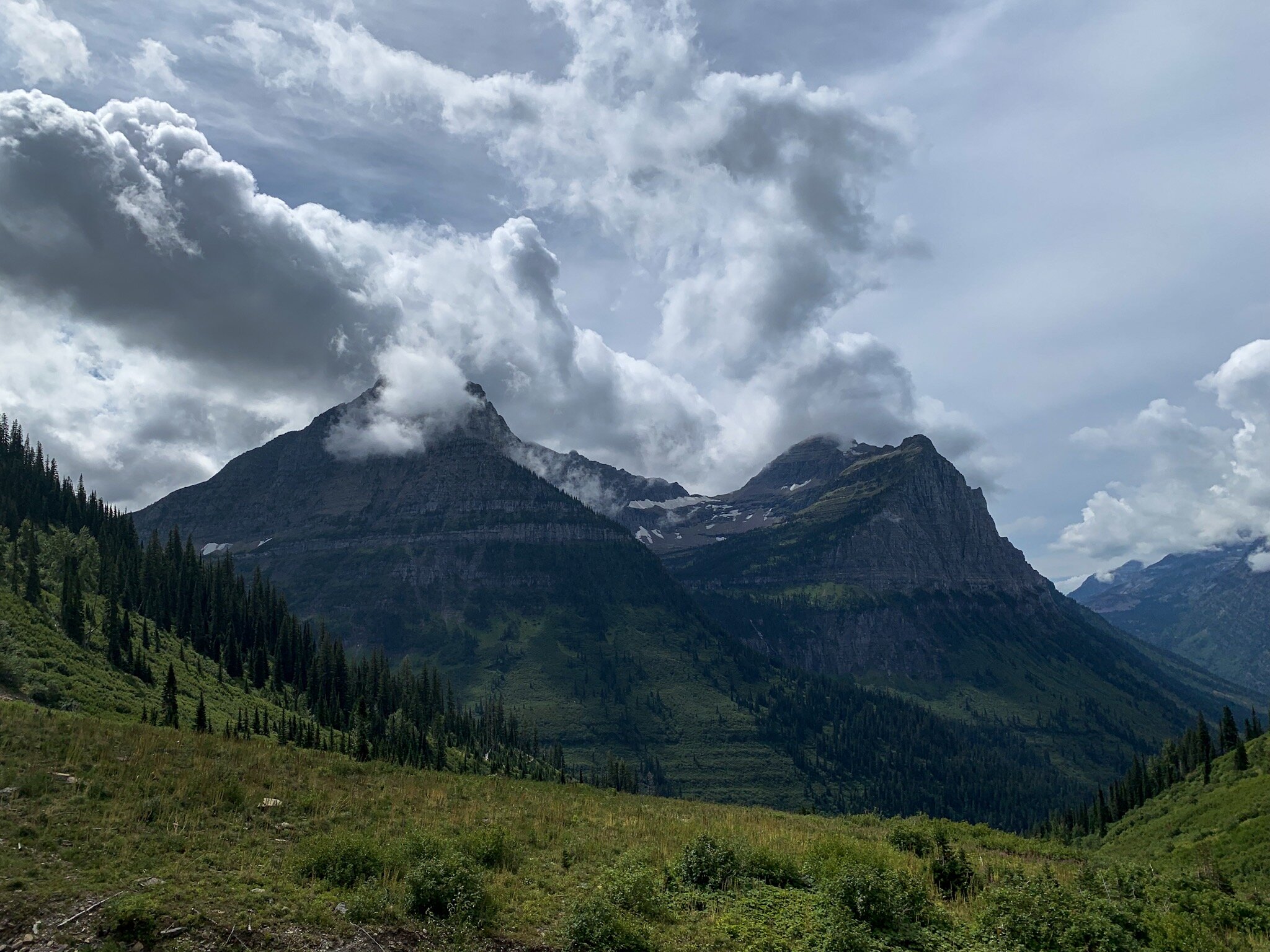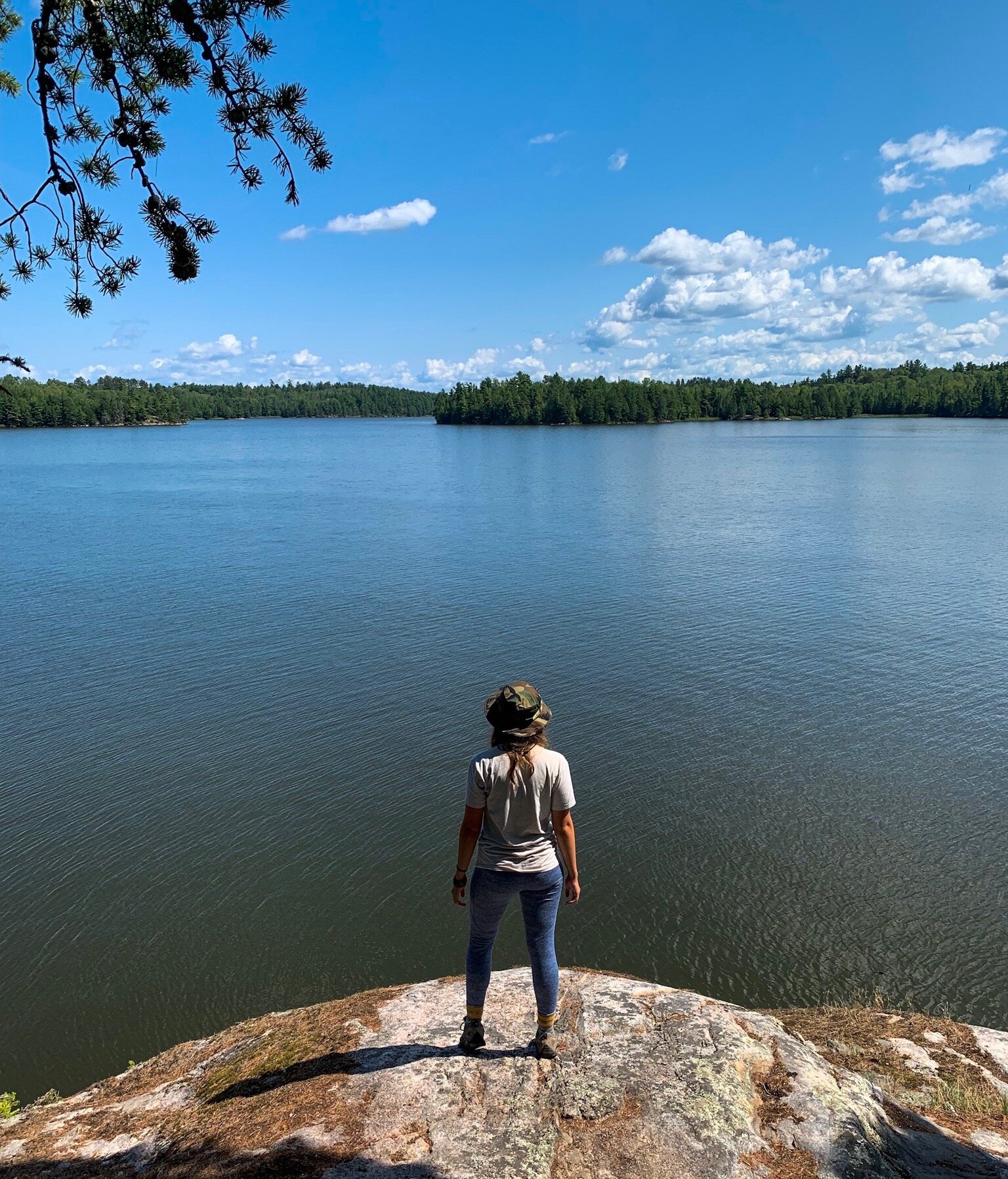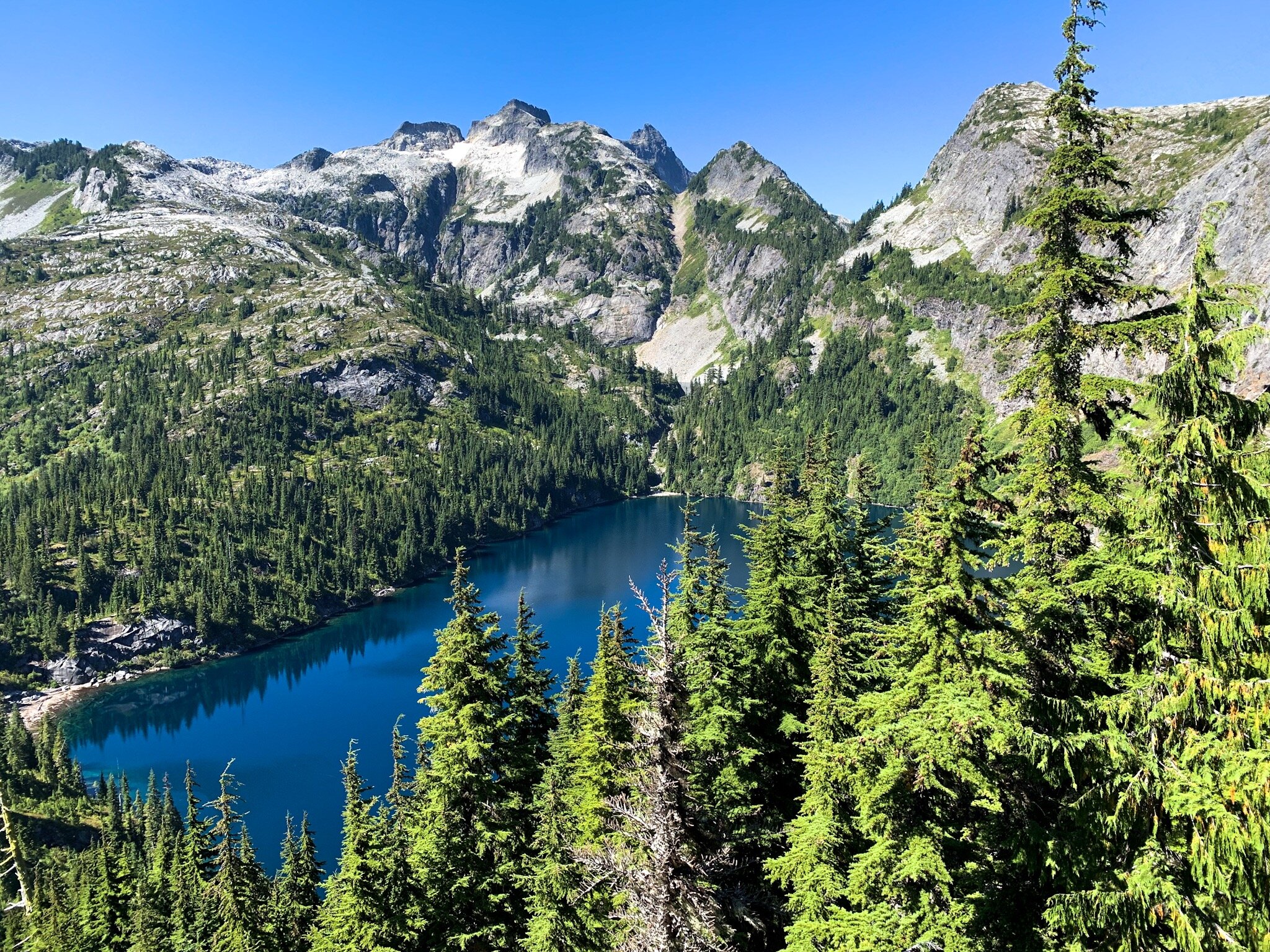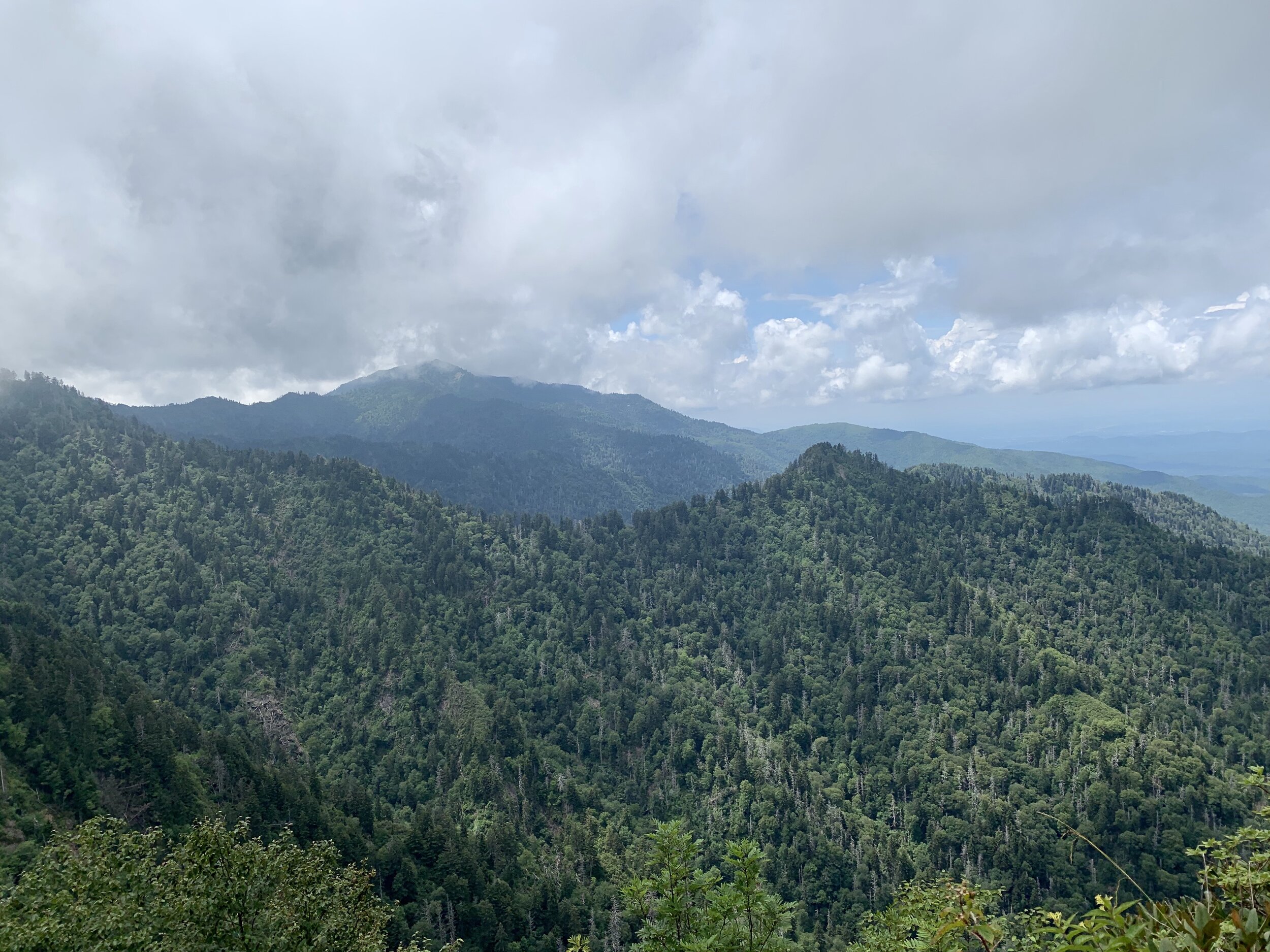Okay, well not all of them. I haven’t been to the Florida National Parks, and I promised when I started this blog that I’d never write about a place on here that I haven’t personally been to. Instead, this is everything north of Florida. There aren’t a ton of National Parks on the East Coast of the United States, but there are definitely a lot of great qualities about the ones that do call these states home.
I’ve been to all of the National Parks along the East Coast that aren’t located in Florida, so I’m so excited to share my love for them with all of you. They’re all so unique. On the East Coast, we’ve got swamps. We’ve got mountains. We’ve got waterfalls. The East Coast is incredibly green, and is home to so much wildlife, from armadillos in the south to moose in the north.
This is every National Park on the East Coast (except Florida), ranked.
I do want to clarify that this list only contains NPS sites recognized as having Park status. There are so many more NPS sites on the East Coast that are also worth visiting.
Congaree National Park, SC
6: Cuyahoga Valley, OH
I decided to throw two non-coastal states on this list because, let’s face it—there just aren’t a lot of National Parks on the East Coast. Most of the countries parks are out west, but that doesn’t mean these parks don’t deserve some love too! And Ohio and Kentucky are most certainly eastern states, so let’s get on with it.
I did really like Cuyahoga Valley, but it has to sit at #6 because it is a small park. There isn’t too much to do and it’s built within a neighborhood. That doesn’t mean it’s not absolutely gorgeous though! Cuyahoga Valley is amazing for waterfall chasing, and has a few good hiking trails as well! Don’t miss Brandywine Falls, and make the little trek out to Bridal Veil Falls—both are gorgeous!
Brandywine Falls, Cuyahoga Valley National Park, OH
5: Mammoth Cave, KY
This was super hard to put this low on the list because I genuinely loved my time in Mammoth Cave. Its campground was amazing (honestly up there with my favorite campgrounds, and it would’ve made this list if the list was longer), and the people were so nice. It was a nice cross between a small and big park (no entrance fee, but so much to do, and it’s all contained in itself). Mammoth Cave is the largest cave in the world, at over 600 miles long. The cave itself is awesome, but the park didn’t have a ton of hiking available to me because the ferry was closed when I was there, so I couldn’t access part of the park. Definitely get there early and book a cave tour. They don’t cost very much, and it’s spectacular. I wish I got to take a tour, but they were all sold out by the time I decided to do it. But honestly, Mammoth Cave is an absolutely gorgeous area—definitely add it to your list.
From inside the largest cave in the world, Mammoth Cave National Park, KY
4: Congaree, SC
Okay, this feels like an unfairly low rank for this park because it’s actually one of the most unique places I’ve been. I promise this list keeps getting better! Congaree is genuine swampland. It’s home to tons of amazing insects and spiders, owls, armadillos, and even an invasive crocodile. It’s free to enter, but is also a contained park, so it had a similar vibe to Mammoth Cave. This is one of the most kid friendly parks I’ve been to, and I actually took my little cousins. We did the boardwalk loop, and they became junior rangers, which was so much fun, so definitely do that while you’re there (or in any park for that matter). Take this park in slowly. There’s so much to see that you’ll miss if you’re moving too fast.
The unique landscape of Congaree National Park, SC
3: Shenandoah, VA
Alright, so I genuinely love Shenandoah National Park. I had an absolutely beautiful, nearly spiritual experience here, and it’s such an absolutely gorgeous park full of so much wildlife (aka, my favorite thing about camping). I saw deer, bears, frogs, and even had a butterfly land on me for about 10 minutes. I met another empath here who taught me to listen to the forest. I had an entire campground to myself in the rain. But more than anything, this park has everything you could need. There’s showers and laundry available, gorgeous hikes, and super nice people.
I personally did two hikes in the park, and not the one I came to do. I originally planned on hiking Old Rag but it was going to be the hottest day of the year, so I opted for one that was closer to camp. My first day, I hiked Doyle River Falls, which has three waterfalls, some small creek crossings, and plenty of time to play and swim in the falls. It is super steep heading back though, so be ready for that incline! The second hike I did was Rip Rap, a ten mile loop trail with an ice cold, blue swimming hole in the middle. This hike is a must-do, but hike it backwards: downhill 7 miles first, swim, and then uphill for 3 miles!
Waterfall #3 of the Doyle River Falls hike, Shenandoah National Park, VA
2: Great Smoky Mountains, TN and NC
The Smokies are the most visited National Park in the country. They’re located across two states, Tennessee and North Carolina, and they’re so, so pretty. The Smokies get their name from the thick fog that rests on the mountains every day, and they’re a great place to see wildlife, and tons of biodiversity in the plants. It’s also worth driving part of the Blue Ridge Parkway if you get the chance. I hiked Charlie’s Bunion while I was there and it was so pretty, I made it my profile picture on basically every social media platform I use. The only reason this one is #2 instead of #1 on this list is because of the crowds. There are tons of people in the Smokies, so prepare for tourists, and hit the road early if you can! This park has free entry, but it’s definitely a big park, so give yourself time to drive through and see the sights!
This picture: me at Charlie’s Bunion, aka my profile pic everywhere. Great Smoky Mountains National Park, TN/NC
1: Acadia, ME
Acadia was on my list of my favorite places I visited in 2019, so it’s only natural that it was #1 on this list. Acadia is the perfect mix of mountains and ocean: my two favorite landscapes on this planet. You’ve got pine trees, rocky cliffs, mountains to climb, and rocks to boulder. Acadia is located on an island, so there are plenty of opportunities to see the ocean. If you go in the summer, make sure you get there early in order to do famous attractions like Sand Beach, but if early isn’t exactly your speed, just show up and enjoy the ride (around the gorgeous loop road of course).
My favorite spot in Acadia National Park, ME. If you can find it, it’s yours.
The East Coast is full of big cities and gorgeous landscapes. While there aren’t a lot of America’s Best Idea’s floating around back east, the ones that do call the East Coast their home are stunning, and definitely shouldn’t be missed.
To add these to a larger road trip, consider downloading my ebook: Around the States in 90 Days.






















